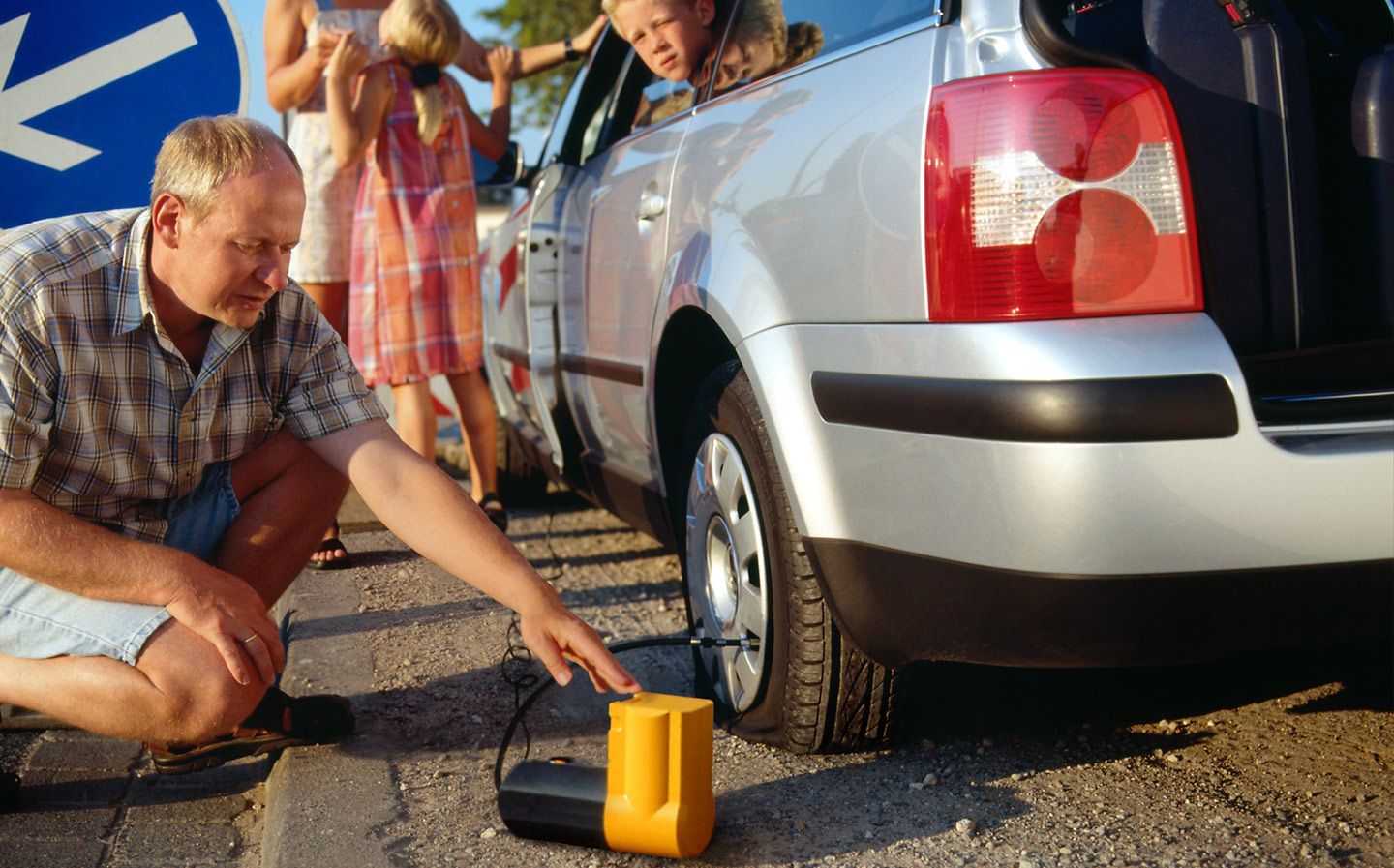Can you drive with a flat tyre?
In short: no
TYRES are vital to the safety of your car. As the only part of the vehicle that touches the road, any defects or excessive wear can lead to an accident.
Not only is driving on a worn or otherwise defective tyre perilous to you and other road users, but it is an offence under section 41A of the Road Traffic Act 1988 and can land you with a £100 fixed penalty notice and three points on your licence (see the DVSA’s Enforcement Sanctions Policy).
What’s more, unless the tyre can be repaired or replaced at the roadside, the police are also likely to prevent the vehicle from being driven any further.
The Highway Code says:
Tyres MUST be correctly inflated to the vehicle manufacturer’s specification for the load being carried. Always refer to the vehicle’s handbook or data. Tyres should also be free from certain cuts and other defects.
It goes on to say:
If a tyre bursts while you are driving, try to keep control of your vehicle. Grip the steering wheel firmly and allow the vehicle to roll to a stop at the side of the road.
If you have a flat tyre, stop as soon as it is safe to do so. Only change the tyre if you can do so without putting yourself or others at risk – otherwise call a breakdown service.
So, if you have a flat tyre, don’t continue to drive on it.
Highway Code: “Tyres MUST be correctly inflated…” & “If you have a flat tyre, stop as soon as it is safe to do so.”
This chap: “I’ll just stick the hazards on and keep going.” pic.twitter.com/jkt9PnmMdO— Will Dron (@wdron) September 3, 2018
Tweet to @ST_Driving Follow @ST_Driving
Most motorists buying part-worn tyres are sold illegal products





